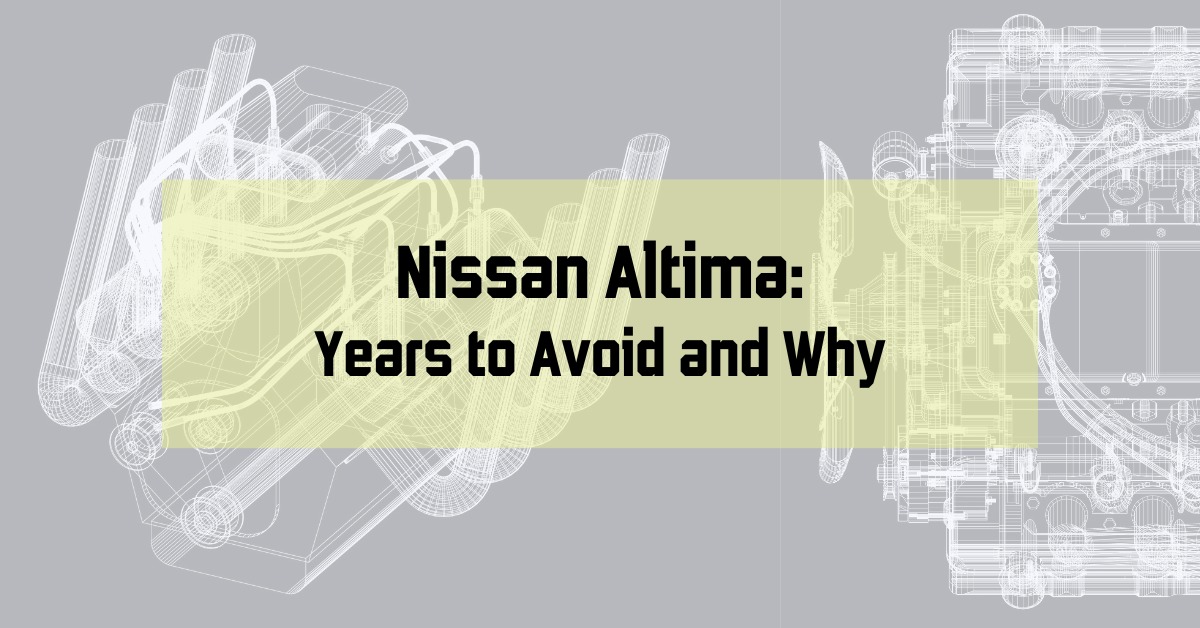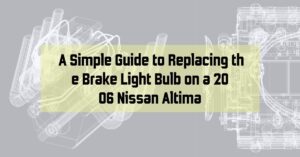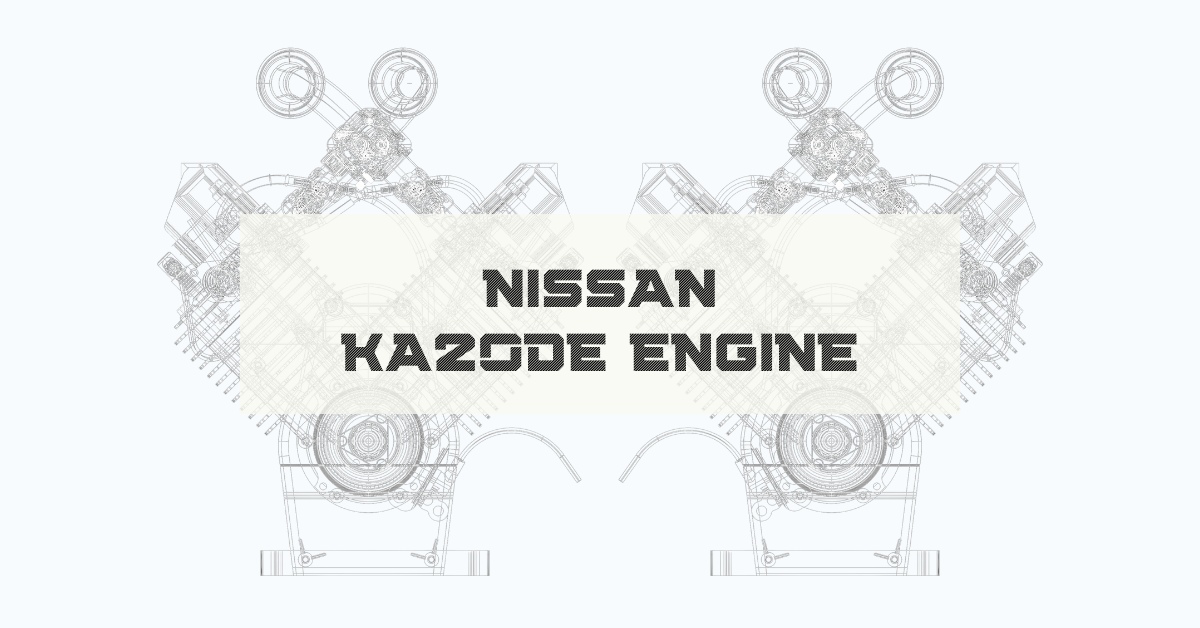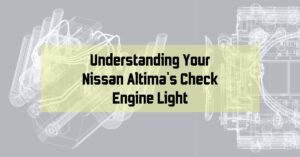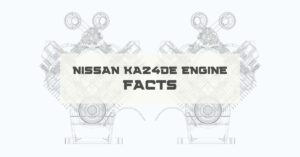If you’re considering a Nissan Altima, you’re looking at a vehicle known for its comfort, efficiency, and reliability. However, like any car model, the Altima has ups and downs. In this article, we’ll delve into Nissan Altima’s history and highlight the specific years that might be best avoided. This knowledge will empower you to make an informed decision when selecting a used Nissan Altima.
Before identifying the years to avoid, it’s important to understand the Altima’s place in the automotive world. First introduced in 1992, the Nissan Altima quickly gained popularity for its balance of performance, comfort, and affordability. It appeals to a wide range of drivers, from families to professionals.
Now, let’s get to the heart of the matter. Based on extensive research, customer feedback, and reliability reports, certain years of the Nissan Altima have been identified as less favorable.
These include:
2002-2006 Models
These years marked a period when the Altima struggled with durability issues. Common problems included excessive oil consumption and issues with the catalytic converter, which led to costly repairs.
2009 Nissan Altima
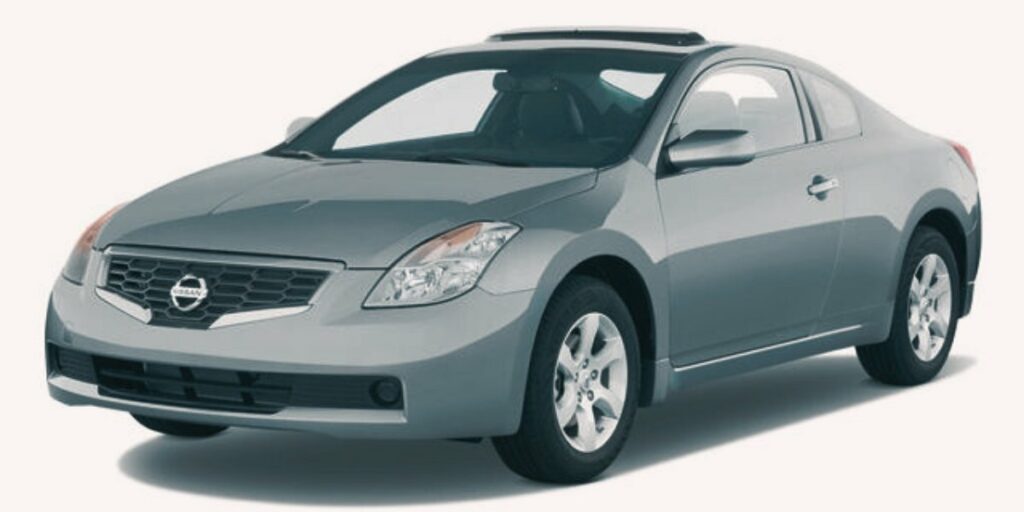
The 2009 model year saw issues with its brake system, including premature wear and tear of brake pads and rotors. Additionally, numerous steering wheel lock failure reports could be quite alarming for drivers.
2013 Nissan Altima

This year was notorious for its transmission problems, particularly concerning the continuously variable transmission (CVT). Owners reported CVT failure, which often resulted in expensive repairs or replacements.
2015 Nissan Altima
The 2015 model also faced its share of challenges, most notably with its interior accessories and air conditioning system, leading to discomfort and inconvenience for drivers and passengers.
Why These Years Had Issues
Understanding why specific Nissan Altima models encountered problems requires examining the underlying factors more closely. Let’s explore these issues in more detail, focusing on the design flaws and manufacturing oversights that led to these challenges.
Engine Design Flaws
During the early 2000s, several Nissan Altima models were plagued by excessive oil consumption, a significant issue that can lead to engine damage if not addressed.
This problem was predominantly due to design flaws in the engine. Specifically, these Altimas had engines with faulty piston rings or valve guides. Over time, this flaw resulted in oil leaking into the combustion chamber, burning off, and causing the engine to consume oil at an unusually high rate.
This issue was inconvenient and could lead to more serious engine damage if left unchecked.
Brake and Steering Issues
The 2009 Nissan Altima faced criticism due to problems with its brake system and steering wheel lock. The brake issues were largely due to the premature wear of brake pads and rotors, necessitating early replacement. This was often attributed to the quality of the materials used in these components.
Additionally, there were widespread reports of steering wheel lock failures. This malfunction was a safety concern, as it could occur while the vehicle was in motion, posing a significant risk to drivers.
Continuously Variable Transmission (CVT) Failures
Perhaps the most notorious issue was with the 2013 Nissan Altima’s continuously variable transmission (CVT). This year’s model saw a spike in complaints regarding the CVT, which were primarily due to the transmission components not being robust enough for long-term use.
The CVT, designed to provide smoother gear transitions and improved fuel efficiency, was prone to premature wear and tear. This resulted in various symptoms, including shuddering, stalling, and, in some cases, complete transmission failure. The cost of repairing or replacing a CVT can be substantial, adding to the owner’s woes.
Interior and Air Conditioning Problems
In the 2015 Nissan Altima, the issues shifted focus from mechanical to comfort-related concerns. This model year was notorious for its problems with interior accessories and the air conditioning system. Users reported issues ranging from malfunctioning power seats and audio systems to inconsistent or ineffective air conditioning. These problems, while not directly impacting the car’s drivability, significantly affected the comfort and convenience of the driving experience.
It’s crucial to remember that despite these specific problematic years, the Nissan Altima remains a reputable and reliable car in many other model years. Over the years, Nissan has continually worked to address issues and improve the Altima’s design and functionality.
If you’re in the market for a used Nissan Altima, doing your homework is important. Check the vehicle’s history, look for any recall information, and, if possible, get a pre-purchase inspection from a trusted mechanic. Avoiding the problematic years we’ve discussed will help you find an Altima that offers reliability and satisfaction.
In conclusion, while the Nissan Altima is a solid choice in the sedan market, being aware of its less favorable years is key to making a wise purchase. By steering clear of the 2002-2006, 2009, 2013, and 2015 models, you can enjoy what the Altima offers without the headache of unexpected repairs and issues. Remember, an informed decision is always the best decision when it comes to purchasing a vehicle.
